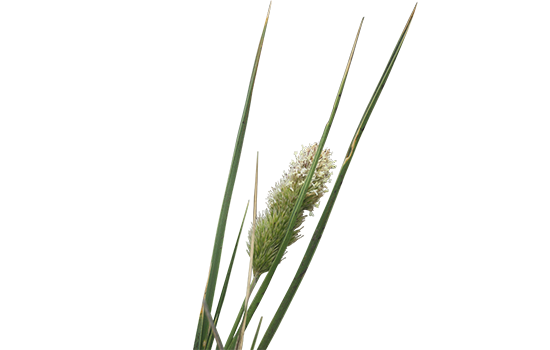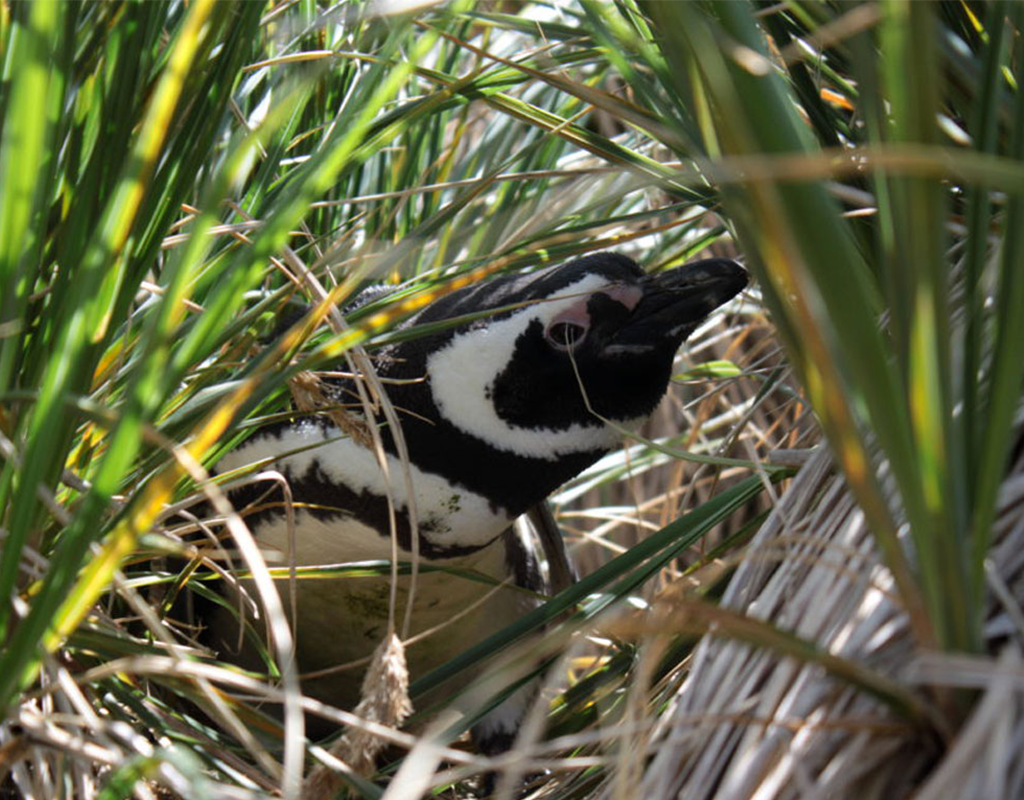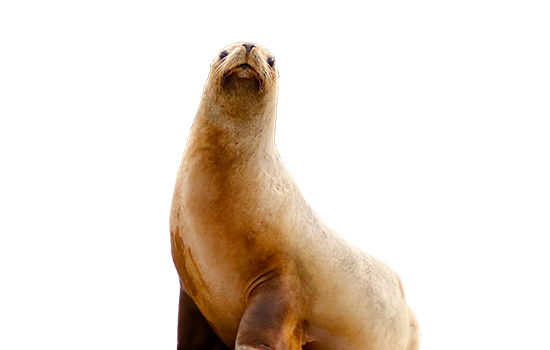Habitat
The Falklands is thought to support around 20% of the world’s Tussac Grass.
Tussac “bogs” can be 3 meters high and the plant sits above a skirt of dead leaves.
On islands which have never been burned or grazed, Tussac maybe the only plant present, – its canopy provides shelter from constant winds and protection from predatory birds.
The skirts are full of insects, such as Camel Crickets, and on islands without rodents they can be chattering with Cobb’s Wrens and Tussac Birds.
The pedestal and tussac peat beneath also homes burrowing birds, including Sooty Shearwaters and Magellanic Penguins.










